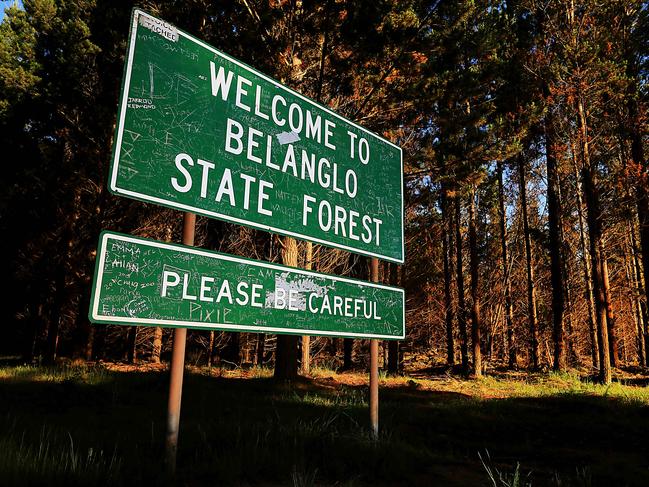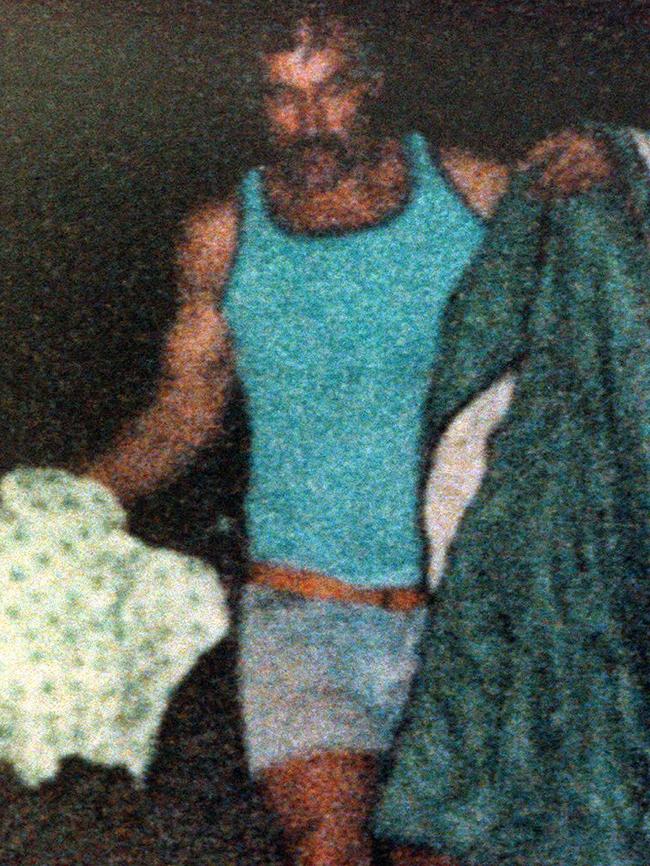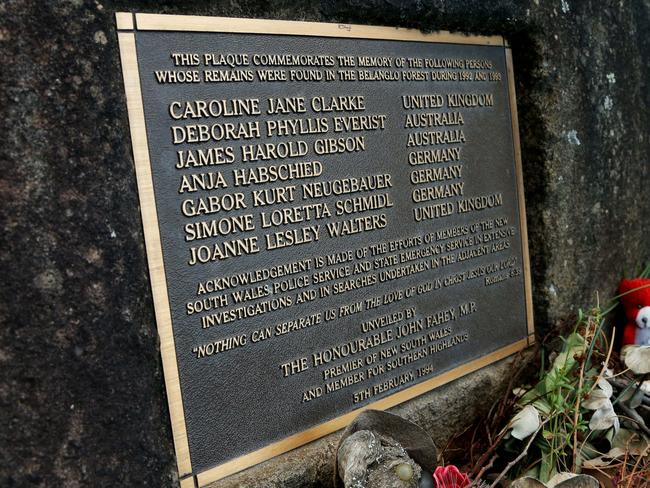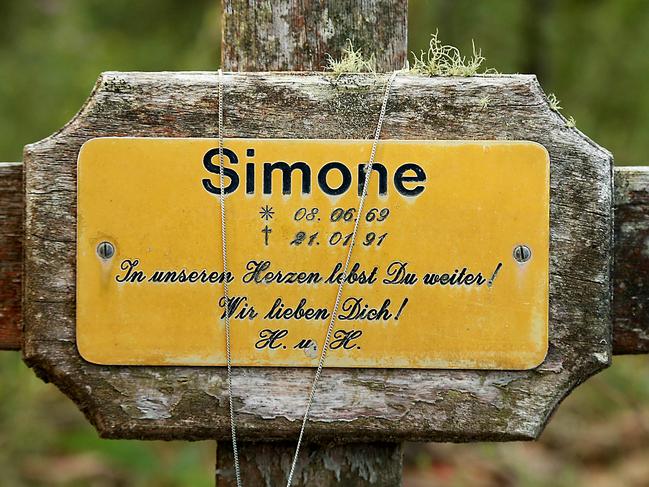Warren Brown retraces Ivan Milat’s deadly path inside Belanglo Forest
For anyone who lived through the 1990s, the mention of Belanglo State Forest revives the nightmare that is Ivan Milat. The Daily Telegraph’s Warren Brown visited the forest recently — and “felt considerable trepidation”.
True Crime
Don't miss out on the headlines from True Crime. Followed categories will be added to My News.
For anyone who lived through the 1990s, just the mention of Belanglo State Forest will suddenly revive the nightmare that is Ivan Milat.
These two names, Milat and Belanglo, are inextricably linked with some of the most heinous crimes seen in Australia — the unimaginably terrifying ordeal for seven young backpackers who all succumbed to the serial killer’s well-practised procedure of kidnap, torture and execution-style murder.
Just 60 kilometres north of Goulburn Supermax — where the backpacker killer has been incarcerated for the past 25 years — the turn off to Belanglo is a nondescript single-lane road situated on the western side of the Hume Highway, just south of the historic Southern Highland village of Berrima.
It was along this westbound stretch of dirt in the early 1990s where Ivan Milat’s well-worn Nissan Patrol would disappear deep into the pine forest and eventually come to a halt where he’d unload his terrified hostages.


What happened to his victims next was beyond depraved — it was unimaginable.
While I’ve driven past the Belanglo turn-off countless times, I flinch every time I read the signpost — I’ve had no desire to venture into the forest — it represents something truly evil in Australia’s dark past.
When asked to explore Belanglo and write about my impressions — I felt considerable trepidation — I clearly remember the nation’s horror as one body after another was routinely unearthed.
MORE:
How backpacker helped convict Ivan Milat
Milat family still in denial about guilt
Cops believe Milat behind unsolved murders
I arrive at the Belanglo turn-off at 9:30am on an exquisitely clear day and follow the bitumen until the road becomes an unsealed fire trail where a large green sign appeared announces Belanglo State Forest.
Exactly what I’m expecting, I’m not sure — at the very least I want to locate the small shrine dedicated to Milat’s victims, positioned in a far-flung corner of the park.
Declared in 1919, Belanglo is one of Australia’s first pine plantations, mostly made up of radiata pine — towering, dark fir trees lining gun barrel-straight fire trails that crisscross the region. Belanglo’s roads are more or less laid out in a grid covering an area of 3,500 hectares, yet there is no shortage of minor tracks that have been carved through the plantation, presumably as shortcuts, making the forest something of a maze.


On entering the woodland, I discover the dusty fire trails are smooth and well-graded, and I wave to the only person I see during the entire time I’m here — a lone government Forester overseeing a back-burn of stumps and dead wood.
The vast tracts of looming, black pine trees effectively block the sunlight and the forest becomes oppressively dim. The further west I drive the deeper I’m heading into Belanglo’s
backblocks, and turning north onto Belanglo Firebreak Road the track deteriorates into serious four-wheel-drive territory.
Yet I’m always conscious these deserted tracks I’m picking my way along are leading me to the sites of the grisly, makeshift graves of the seven backpackers.
In time the track arrives at an intersection where the small memorial is positioned — a block of sandstone on which a brass plaque lists the names of Milat’s victims.
People who’ve visited here have left small gifts — one is a Matchbox car with the word ‘Rescue’ printed on the side — there was no rescue for the seven discarded like dead animals out here.


Remarkably, when the plaque was dedicated by then Premier John Fahey in 1994, Milat was in custody but had not been convicted.
I put the Land Rover into gear and press on. Not far from here, outside the boundaries of the pine plantation is where, in 1992, the decaying bodies of British backpackers Caroline Clarke and Joanne Walters were discovered by orienteers.
These were the first of the seven victims found — Clarke had been shot ten times in the head, Police believing she was probably used as target practice — and Walters had been stabbed 14 times — the stab wounds to her spine paralysing her.
I find the Longacre Fire Trail along which is where the two bodies were uncovered.
It is a slow crawl in low-range four-wheel-drive — unlike the pine forest, the country is densely wooded with gnarled eucalypts and thick scrub and I eventually pull up at the junction of two tracks near where the bodies were found.
I pause for a moment, easily remembering shaky, helicopter TV footage of this very spot, awash with police scouring the area, the fire trail gridlocked with emergency vehicles and blue tarpaulins covering the bodies.
That anyone happened to stumble across those bodies by accident way out here beggars belief — but thank God they did.
